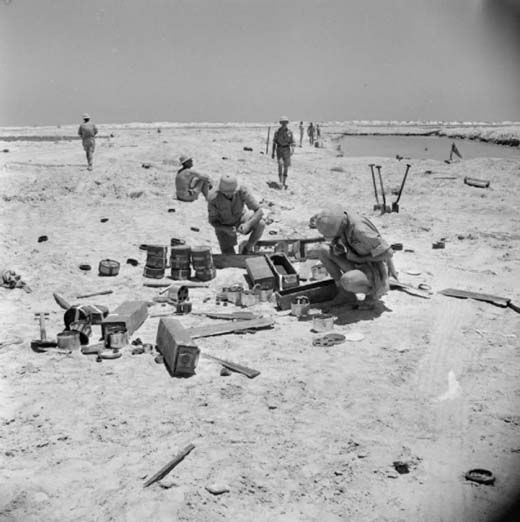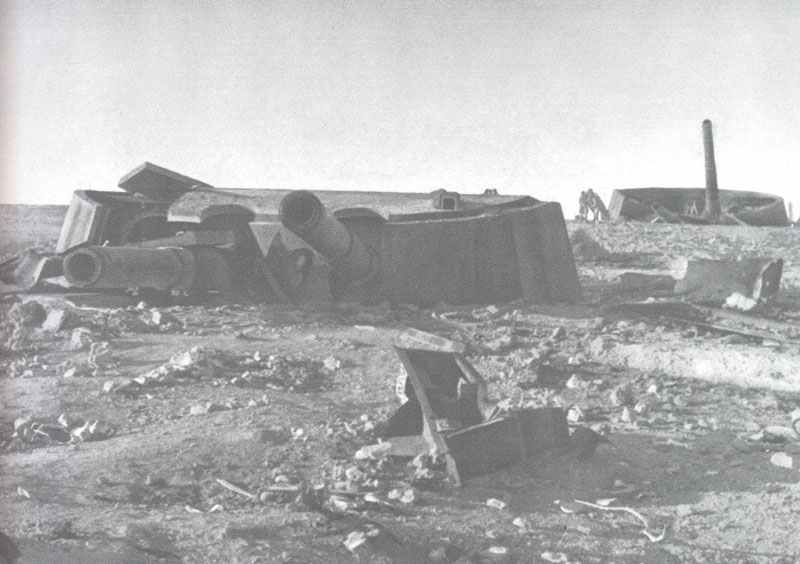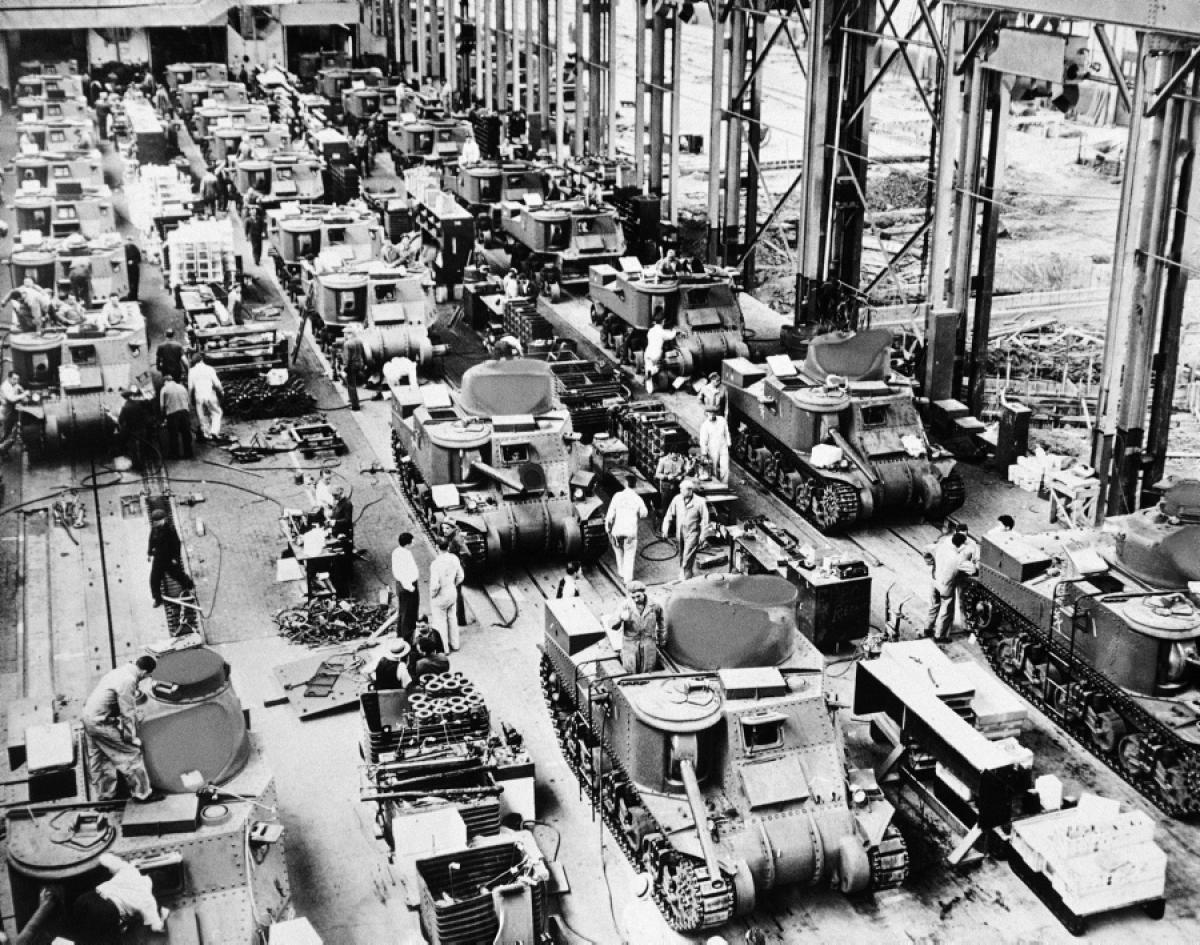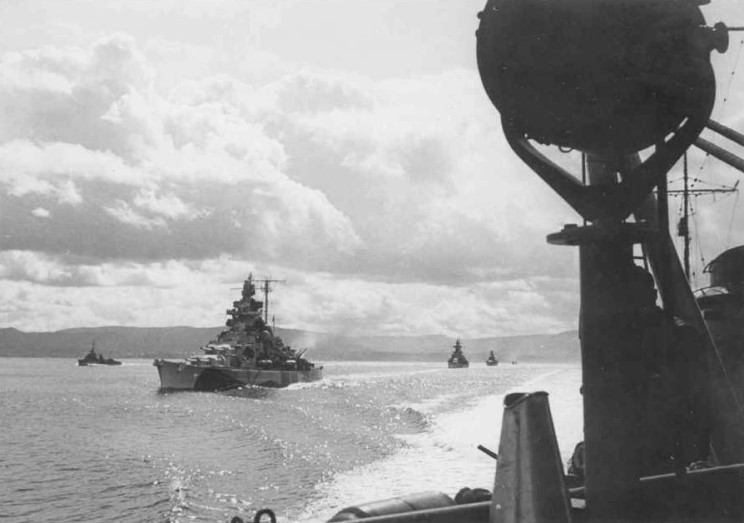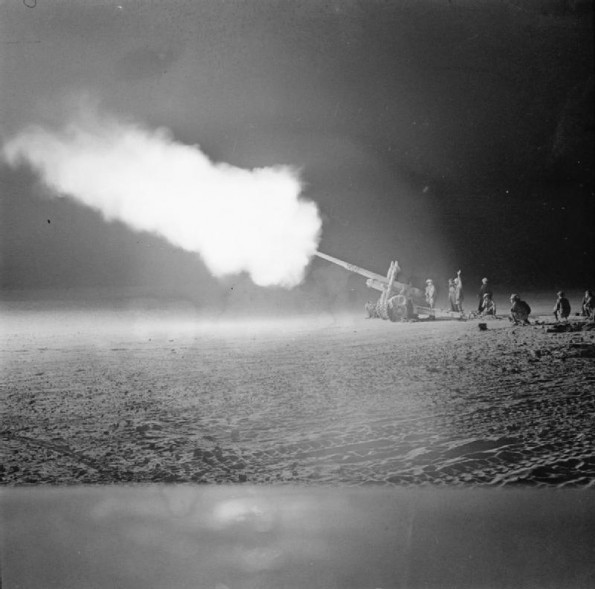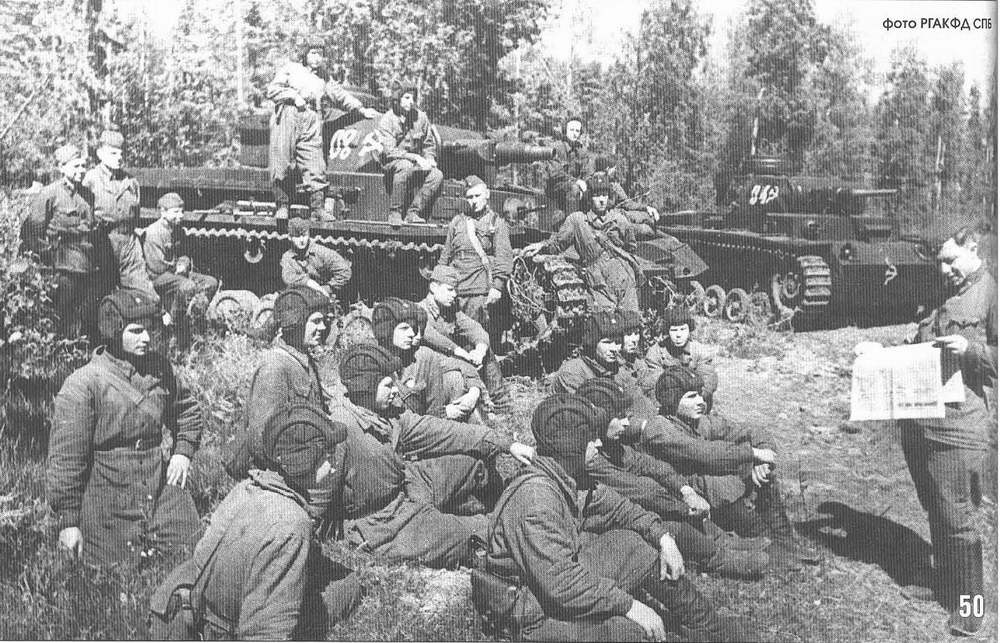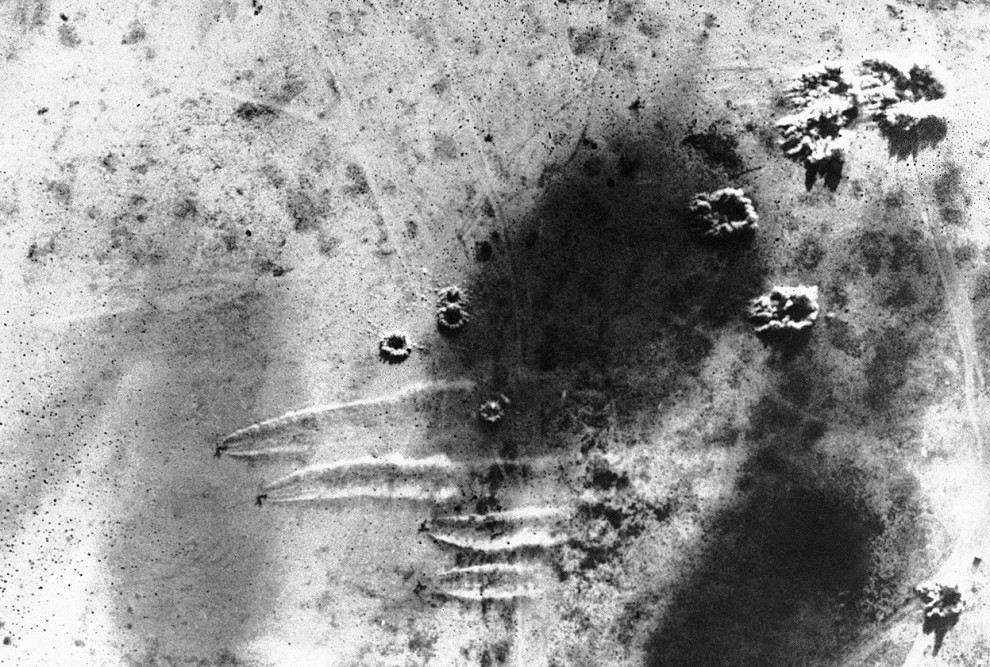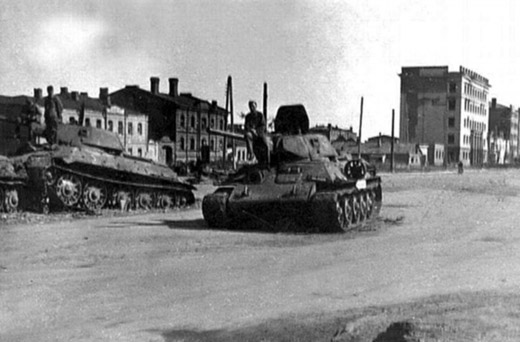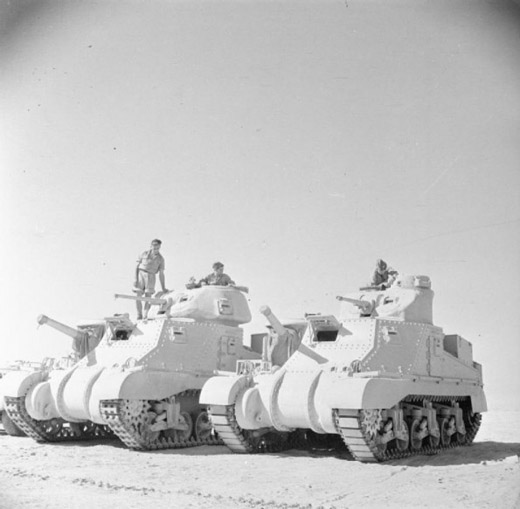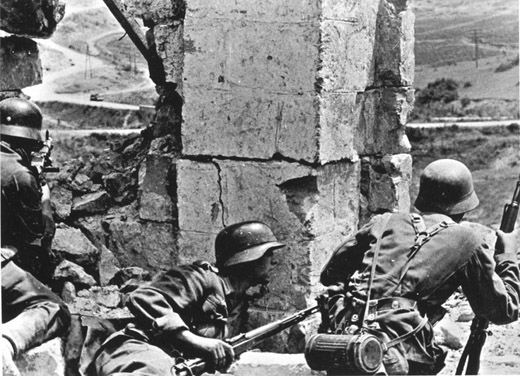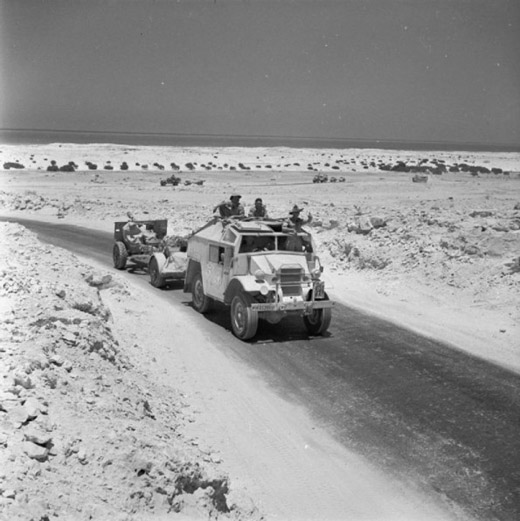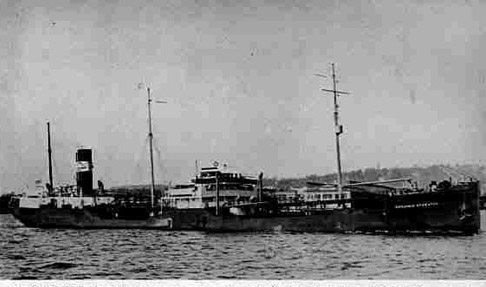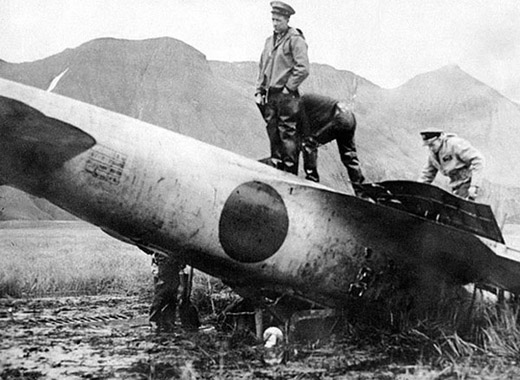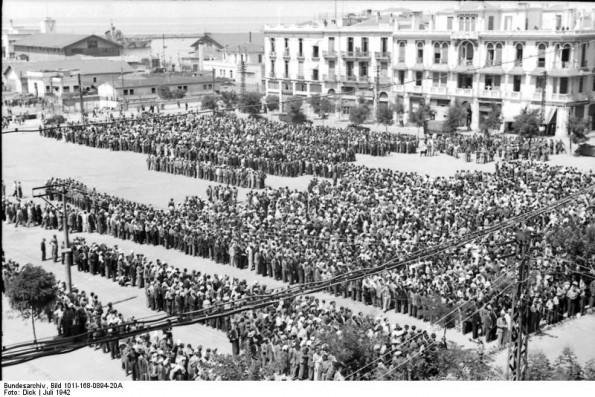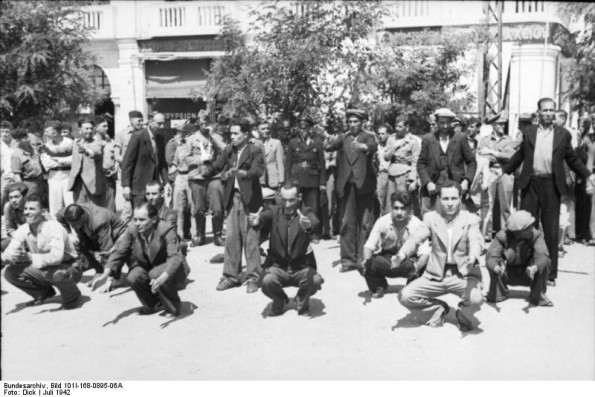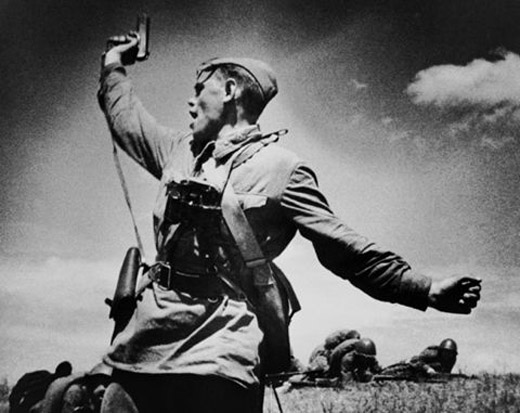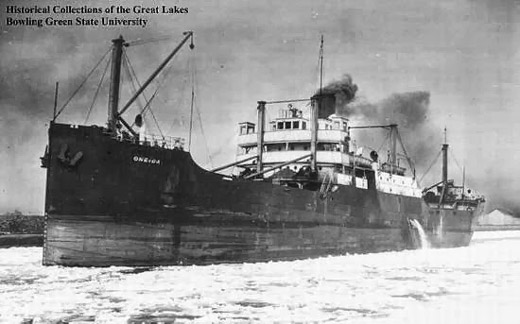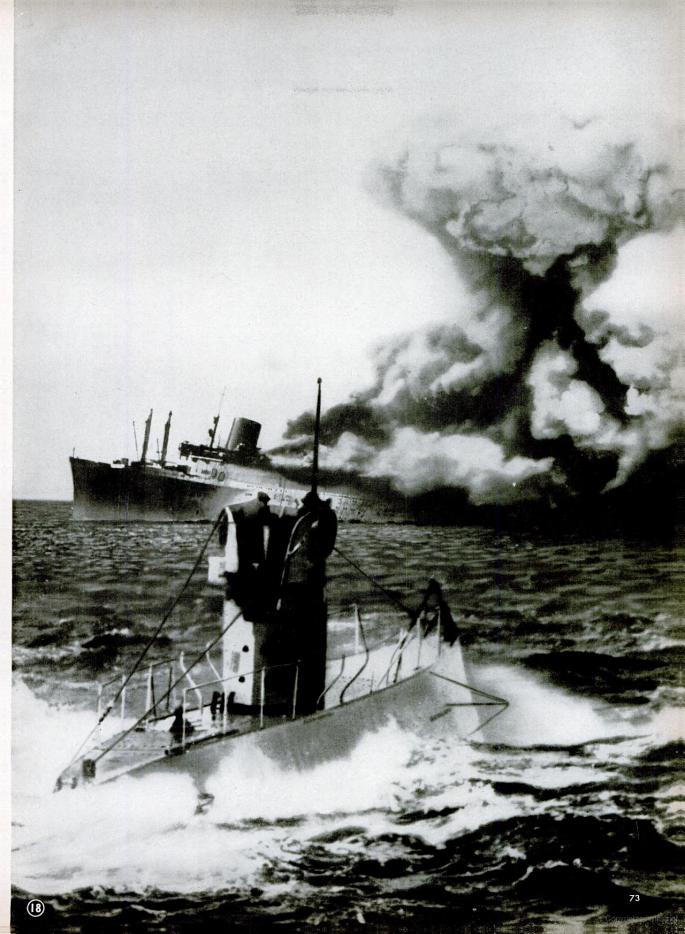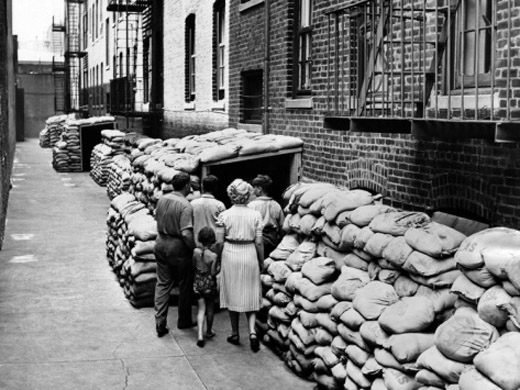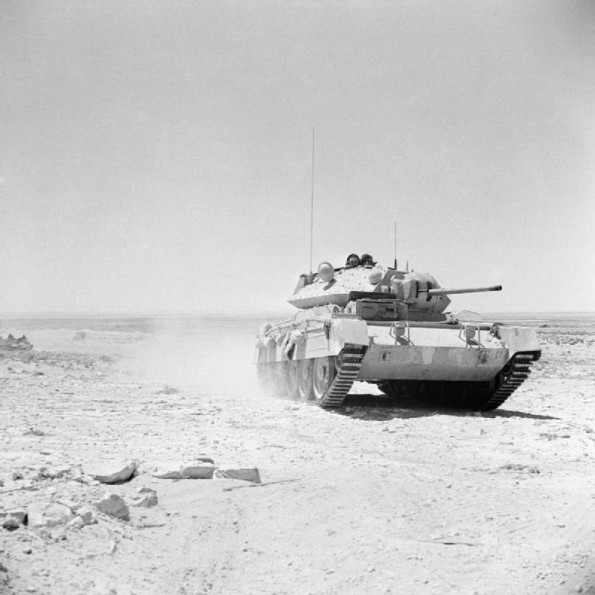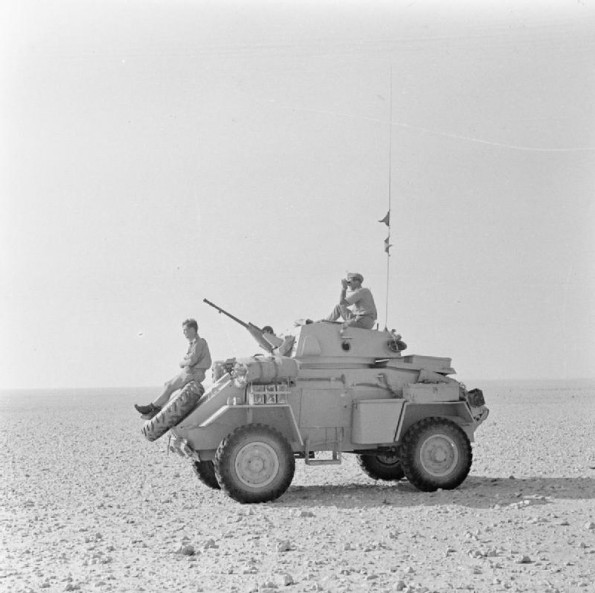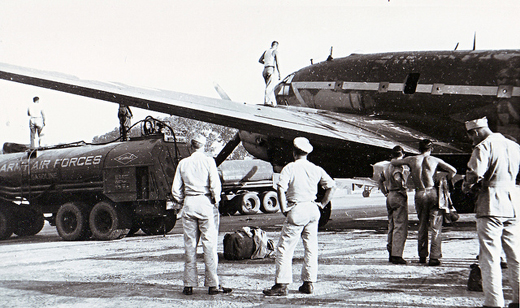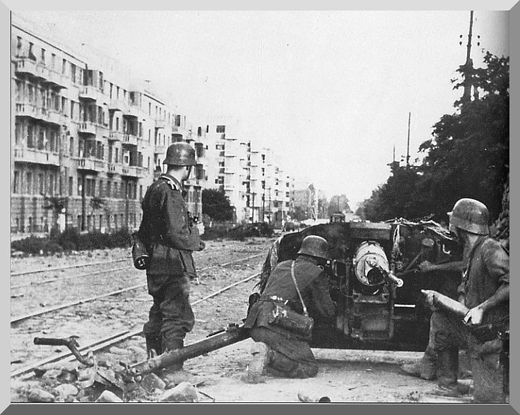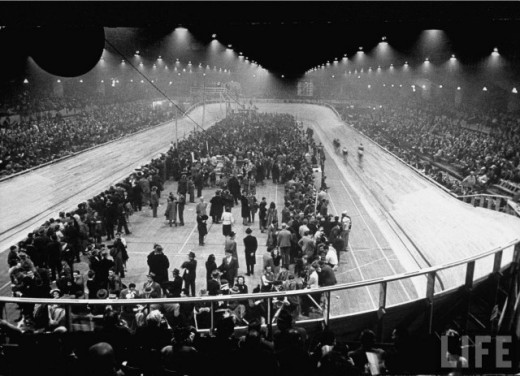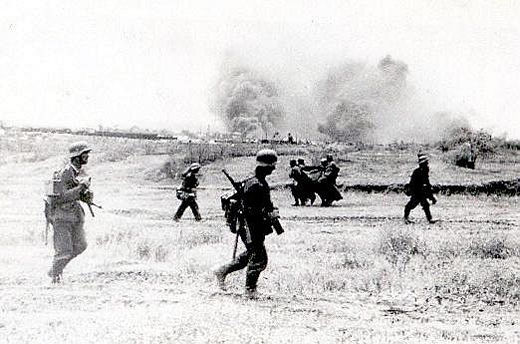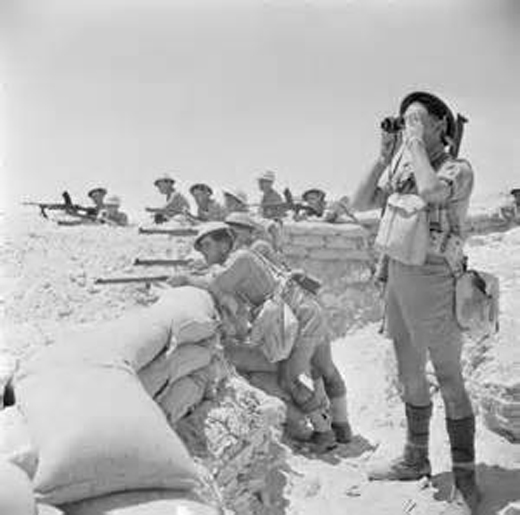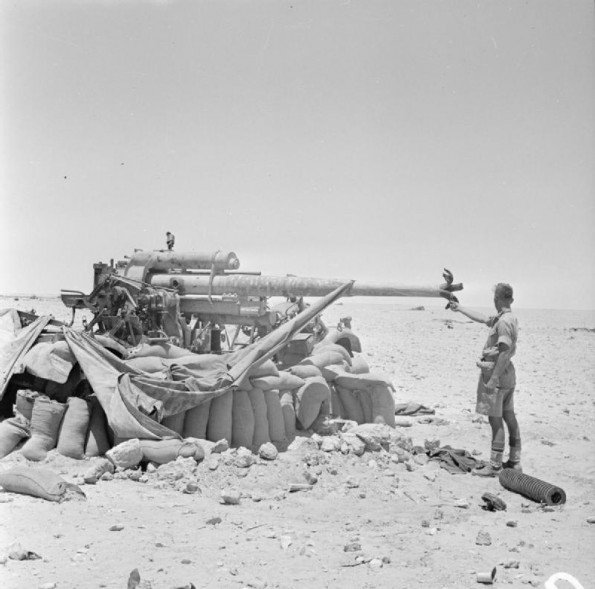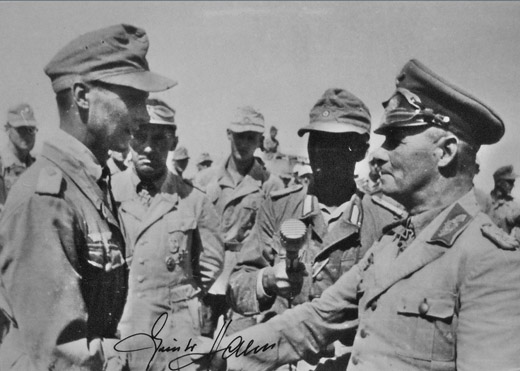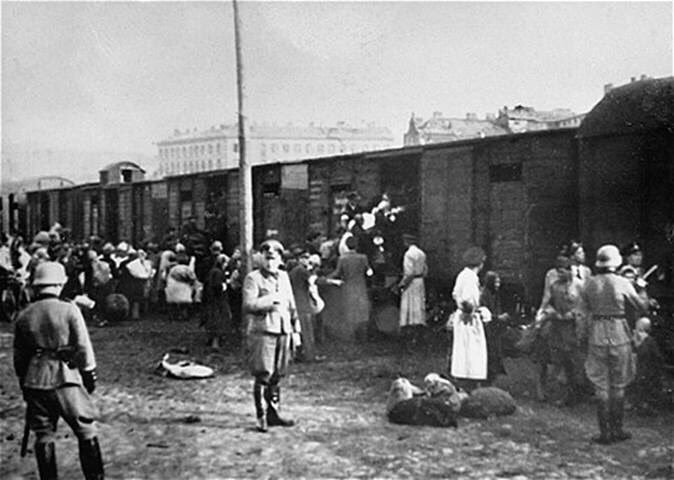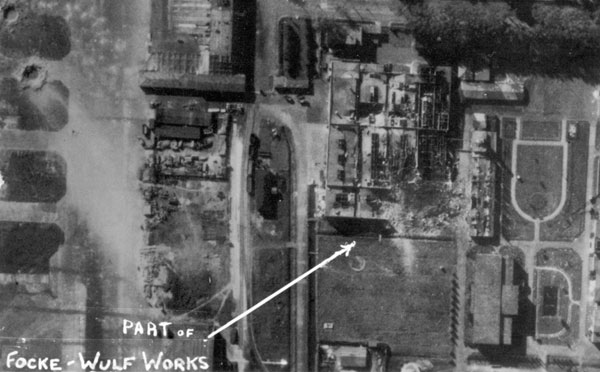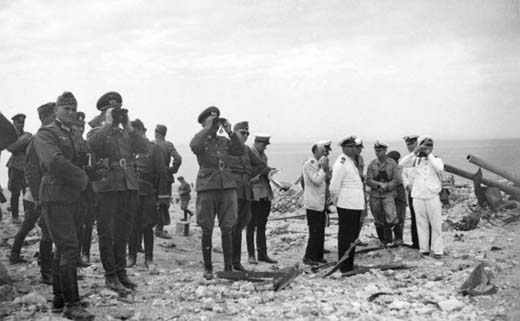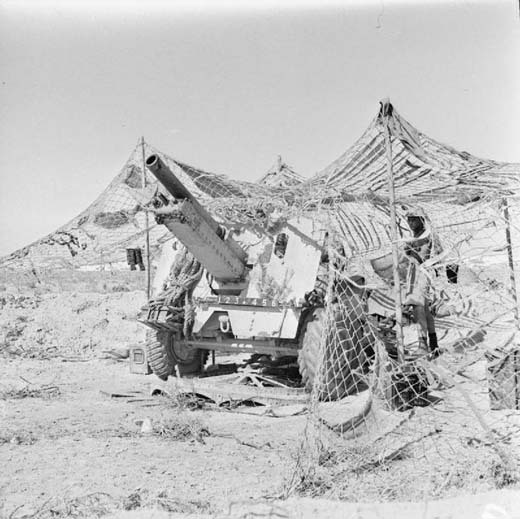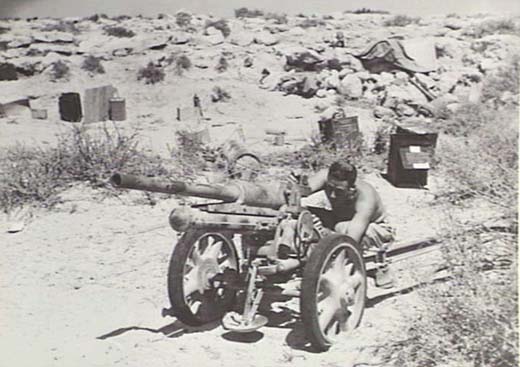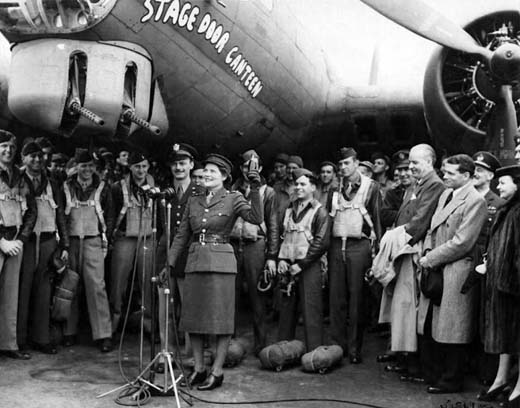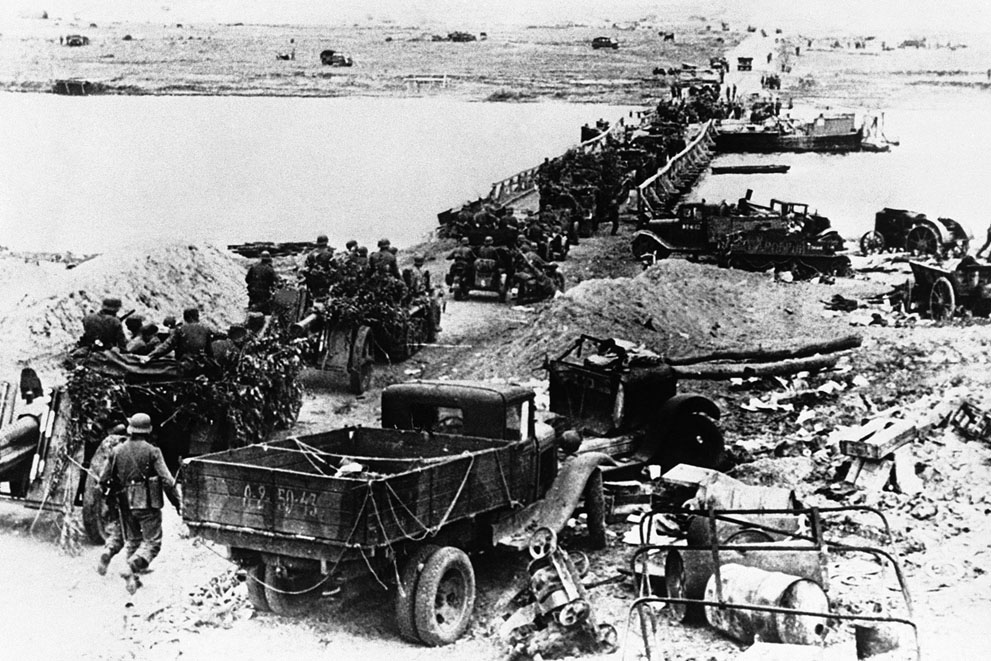Air Operations, CBI
4 11th Medium Bomb Squadron B-25s escorted by 5 3rd AVG Fighter Squadron P-40s raid Hankow, the main Japanese supply base in China. No aircraft are lost, but no targets are hit.
[Air Operations, Europe
BOMBER COMMAND- 1 Mosquito bombs Kiel through cloud cover and returns safely.
- 4 Lancasters lay mines in the Great Belt without a loss.
Air Operations, Libya
During the night HALPRO B-24s attack the harbor at Tobruk.
[Air Operations, Middle East
Axis planes bomb Haifa, Palestine.
[Air Operations, New Guinea
22nd Medium Bomb Group B-26s attack Salamaua, but other New Guinea-based bombers abort due to bad weather.
[Arctic
The German intelligence service, B Dienst, has intelligence of PQ-17. Early in the day PQ-17 is sighted by U-255 and U-408. 8 other U-boats join the operation.
[Battle of the Atlantic
The US freighter Warrior (7551t) is torpedoed and sunk byt U-126 just north of Trinidad. 3 of the 42-man crew and 4 of the 14-man Armed Guard are lost. The survivors are rescued and taken to Trinidad.
[Britain, Home Front
Wardlaw Milne moves for a vote of censure against Churchill in the Commons for mismanagement of the war effort. Churchill wins the vote on July 2, 476-25.
[Diplomatic Relations
- Finland establishes diplomatic relations with the Vatican.
- The US and Poland make a Lend-Lease Agreement.
Eastern Front
Hitler's headquarters announces that Sevastopol is in German hands. Army Group Center continues its advance in the Don basin. Axis forces now arrayed on the Russian front for what is planned to be the knockout punch includes 178 German divisions, 31 Rumanian, 17 Hungarian, 10 Italian, 2 Slovak and 1 Spanish.
CENTRAL SECTORLeft-wing units of the West Front begin to attack the 2nd Panzer Army. The fighting will rage for a week without any appreciable Soviet success.
SOUTHERN SECTORThe 21st and 40th Armies begin to abandon their positions and fall back toward the Don. Both the 4th Panzer and 6th Armies, not realizing that the Soviet forces are withdrawing, and under direct orders from the Führer, turn their attacks in to envelop the Soviet forces on the west bank of the Don.
In the Crimea, the Germans pound the Soviets around Sevastopol. Fierce Luftwaffe and artillery attacks soften the Soviet positions around the city in preparation for the infantry assault. A large part of the garrision, however, has abandoned Sevastopol and fallen back to the Khersonnes peninsula.
[ German 88 |
 |
Gulf of Mexico
The US freighter Edward Luckenbach (7934t) enters a US minefield five miles from Smith Shoal, Florida and strikes 2 mines losing 1 man in the incident. 41 of her crew and 12 of the Armed Guard are transported to Key West by patrol craft.
[North Africa
Having advanced 644 km in 36 days, Rommel's troops reach El Alamein and the first battle of El Alamein begins. Gen Auchinleck calls on a 'supreme effort' from the 8th Army. The German 90th Light Div reaches the defended area around El Alamein. The British 4th Armored Brigade arrives at Alam el Onsol only just before the German 90th Light Div. To the south there is particularly fierce fighting at the west end of the Ruweisat Ridge where at 6:00pm the 15th and 21st Panzer Divs begin an attack in the area of Deir el Shein and are pressing forward to Point 64. The attack is contained by the 18th Indian Brigade, with the British 1st Armored Div coming up for support.[MORE]
[Occupied France
Leon Daudet, French satirical writer and editor of the Royalist and anti-Semitic newspaper Action Française, dies at the age of 74.
[Pacific
The US submarine Sturgeon (SS-187) sinks the Japanese transport Montevideo Maru (7267t) about 65 miles west of Cape Bojeador, Luzon. The ship is carrying 1,050 Allied PoWs to Hainan Island.
TULSA II, a modified version of TULSA I, is drawn up a planning for an offensive continues. The reinforced 2nd Marine Regiment, 2nd Marine Division, sails from California in 5 ships escorted by the carrier Wasp (CV-7).
[Sweden, Home Front
Gundar Haegg sets a new world record in the mile of 4 min 6.2 sec beating Sydney Wooderson's 1937 record by 1.4 seconds.
[United States, Command
Maj-Gen Millard F. Harmon takes control of all army forces in South Pacific, as a subordinate command to Adm Ghormley, ComSOPAC.
[ Tragedy of the Montevideo Maru |
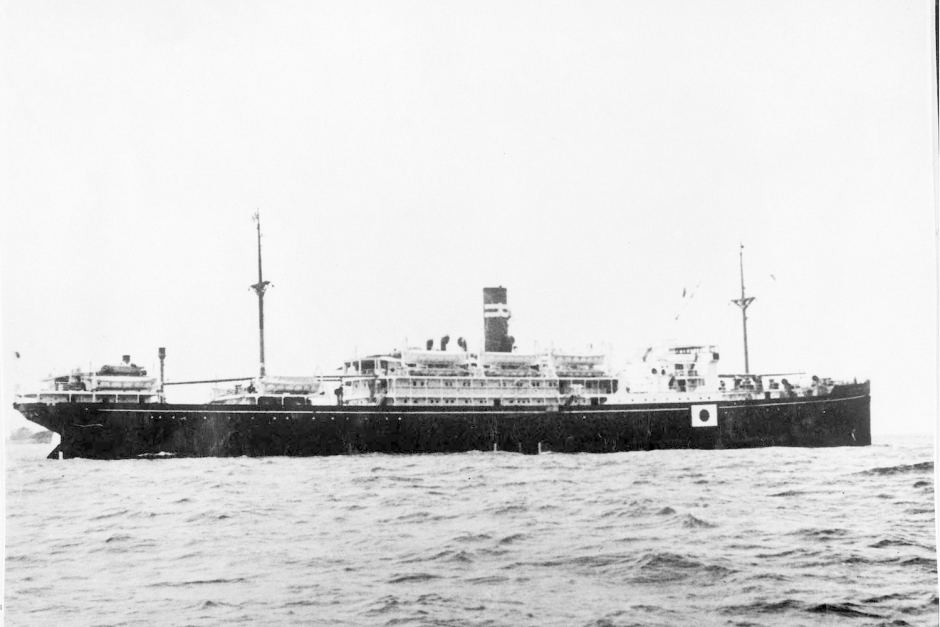 |
